

Experience the Festes de Sant Joan in Ciutadella, Menorca. A vibrant June celebration of horses, traditions, gastronomy, and island spirit.
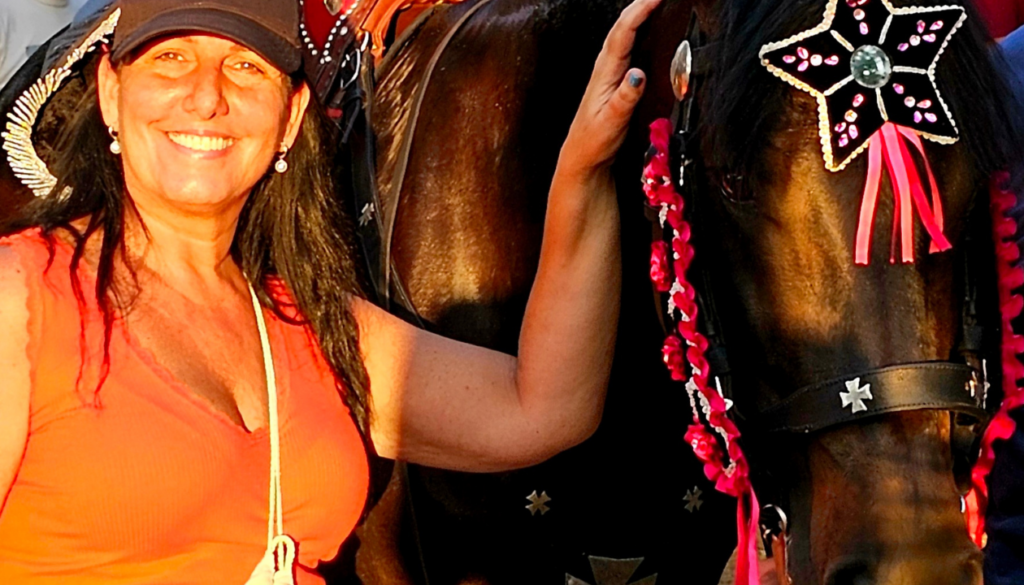
Introduction: The Spirit of Menorca in Spain’s Balearic Islands in June
Every summer solstice, the island of Menorca transforms into the stage for one of Spain’s most iconic celebrations: the Festes de Sant Joan in Ciutadella. This isn’t just another fiesta, it’s an event woven into the very identity of the island. As a centuries-old festivity, it unites the community in a display of tradition and collective emotion.
For three days, Ciutadella, Menorca’s historic capital, bursts into life with equestrian parades, medieval rituals, fireworks, gastronomy, and tens of thousands of joyful people shouting “Se veu, se sent, Sant Joan està present!” in unison. The festival is magical, filled with vibrant events and rituals. It’s both exhilarating and deeply moving, a tradition that has survived for centuries and continues to unite the community today.
If you’ve ever dreamed of immersing yourself in authentic Spanish culture, the Festes de Sant Joan is an experience you simply cannot miss, thanks to its fun and lively atmosphere that makes it truly memorable for visitors and locals alike.
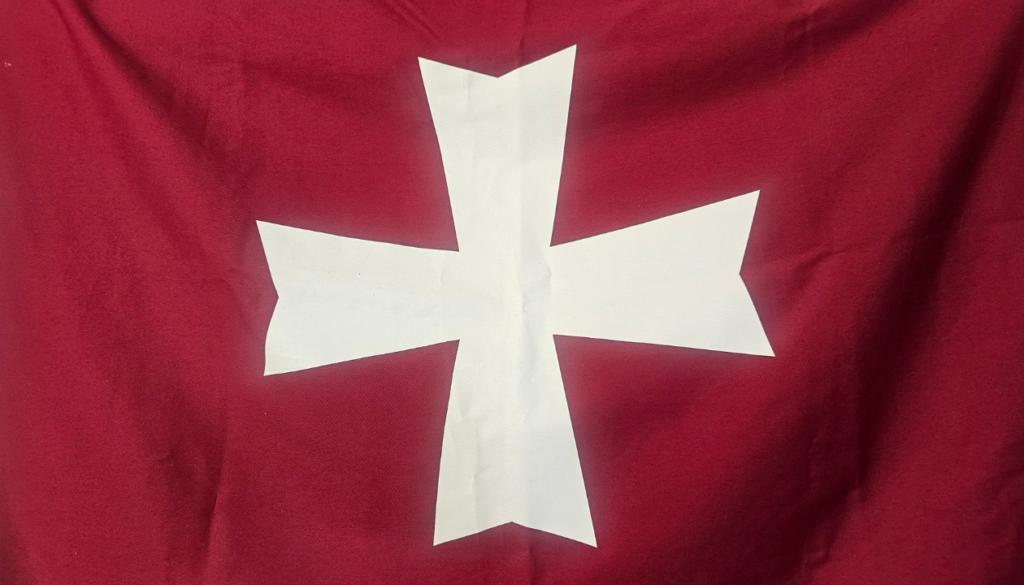
History and Heritage of Ciutadella
Ciutadella, Menorca’s former capital, is a living testament to the island’s rich and varied past. This must-visit town enchants visitors with its historic centre, where every cobblestone and archway tells a story. As you wander through Ciutadella’s labyrinth of narrow streets, you’ll discover elegant palaces, centuries-old churches, and bustling squares that have witnessed the ebb and flow of Mediterranean history.
The town’s impressive cathedral, built on the site of an ancient mosque, stands as a symbol of Ciutadella’s enduring spirit and strategic importance. Among the notable buildings in the historic centre is the town hall, which plays a significant role in the city’s heritage and festivities. Museums and historical landmarks offer a deeper look into the island’s heritage, from its prehistoric roots to its role as a crossroads between Europe and North Africa. You’ll also notice the British influence in some of Ciutadella’s architecture and fortifications, reflecting the period of British rule on the island. Exploring Ciutadella is a journey through time, making it an essential destination for anyone eager to discover the cultural heart of Menorca.

The Origins: A Celebration Rooted in History
The Festes de Sant Joan date back to the 14th century. Originally a religious and agricultural celebration, it was held to honor Saint John the Baptist, the patron saint of Ciutadella. Its timing around the summer solstice gave it a dual significance: a religious feast intertwined with the ancient seasonal rituals of renewal, fertility, and light.
The festivities symbolically begin on the previous Sunday, known as diumenge des Be, which marks the start of the Sant Joan celebrations. On this day, the traditional Dia des Be ritual takes place, where a lamb is carried through the streets as a living symbol of Saint John the Baptist.
A significant religious event during the festival is the procession known as Sant Joan de Missa, where participants gather at the hermitage devoted to Saint John for mass and a solemn procession, highlighting the spiritual core of the celebration.
Over the centuries, the festival evolved, but it has always remained faithful to its roots, honoring tradition while bringing people together in joy.
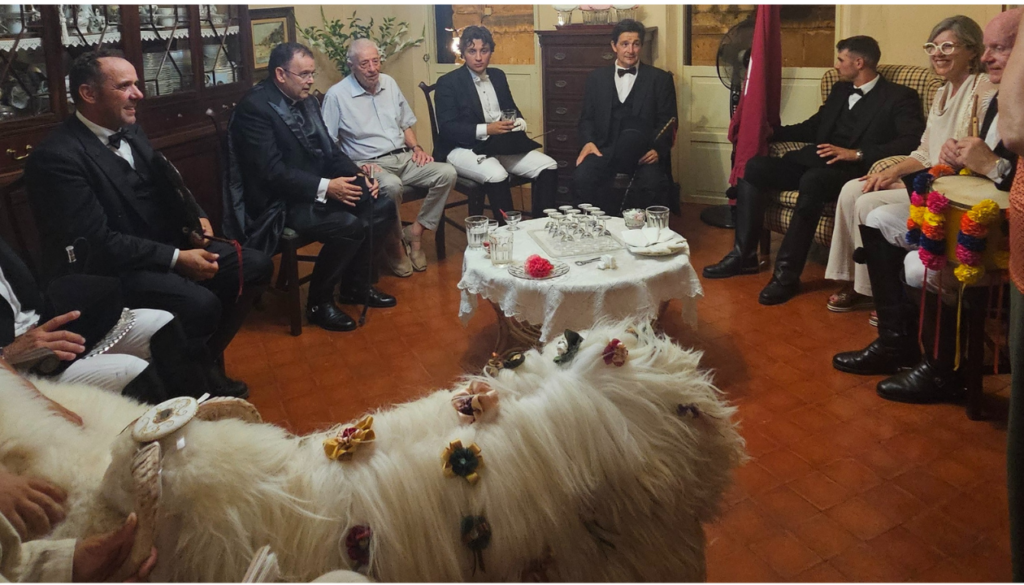
At the heart of the fiestas are the caixers (horse riders), who represent Ciutadella’s historical social structure:
- Caixer Capellà – The clergy, linking the church to the festival.
- Caixer Senyor – The aristocracy, representing noble families of Menorca.
- Caixers Pagesos – The farmers, symbolizing the island’s agricultural heritage.
- Caixer Casat – The married horseman, representing the married craftsmen in the social hierarchy.
- Caixer Fadrí – The unmarried craftsman, representing the single artisans of the city.
This hierarchy reflects Ciutadella’s past, and it ensures the fiesta remains tied to the history of the community.
The Festival Schedule: Four Days of Magic
Though officially celebrated from June 23rd to 24th, the Festes de Sant Joan actually span a week of celebrations, starting with symbolic events the Sunday before and closing with fireworks on June 25th. Throughout the week, the sounds of traditional instruments like the fabiol signal the beginning of the festivities. This festival is one of the most anticipated events of the summer months in Menorca. Here’s what makes each day unique:
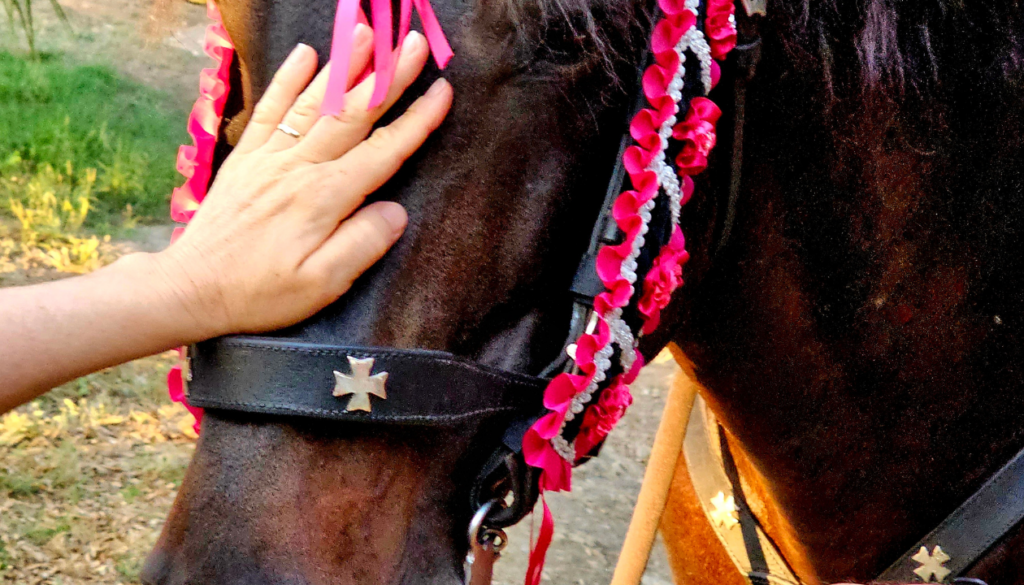
Sunday Before – Dia des Be (Day of the Lamb)
The festivities begin with the Dia des Be (also known as diumenge des Be). A figure called Homo des Be, a man dressed in sheepskin and carrying a live lamb, walks barefoot through Ciutadella, accompanied by caixers. This Homo des Be serves as a living symbol of purity and sacrifice, echoing both biblical and agricultural traditions. The group visits homes across the city, where residents share pastries and sweets, marking the first taste of the fiesta’s culinary delights.
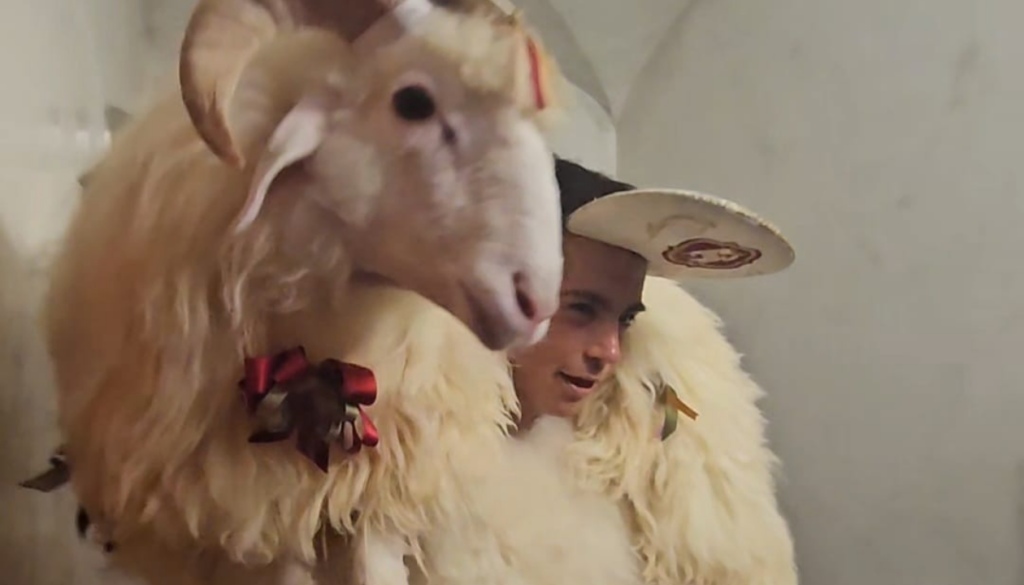
June 23rd – Caragol des Born & Jaleo
On the eve of Sant Joan, the fiesta reaches its first climax. More than 100 horses and riders gather in the Plaça del Born, Ciutadella’s grand central square, for the iconic Caragol del Born event.
The Caragol del Born (Horse Parade) is a spectacular sight: horses rear up on their hind legs, symbolizing nobility and strength, as the crowd cheers wildly. During these equestrian displays, two riders often perform together, showcasing their coordination and skill.
Then comes the Jaleo, perhaps the most famous part of the fiesta. The Menorcan horse, known as the perfect companion for its rider, “dances” among the people, encouraged by the sound of flutes (flabiols) and drums that set the festive atmosphere. The crowd presses in close, touching the horses for good luck, while shouting “Se veu, se sent, Sant Joan està present!”. It’s chaotic, emotional, and unforgettable, a true test of skill and trust between rider and horse.
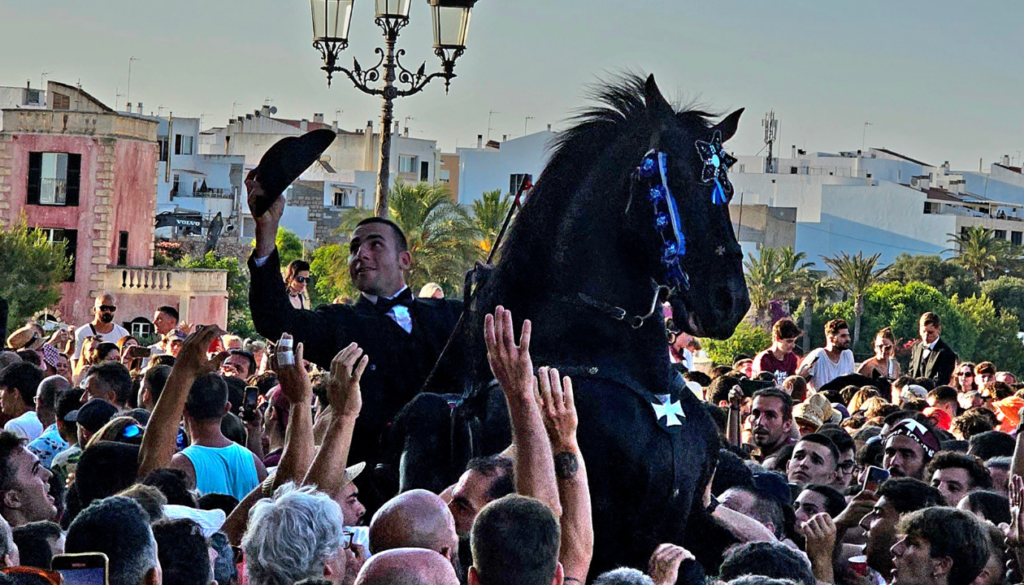
June 24th – Jocs des Pla (Medieval Games)
On the Day of Sant Joan, the festival shifts to Ciutadella’s open square for the Jocs des Pla, medieval-style equestrian competitions. Riders gallop at full speed to spear rings with their lances or smash decorated shields (ses carotes). When the shields break, the crowd rushes forward to grab the fragments believed to bring good luck.
One of the traditional horse processions during the festival is the caragol de Santa Clara, an evening parade where riders circle the Santa Clara route as part of the celebrations.
These games showcase not only horsemanship but also the deep connection between the island’s history and its equestrian culture.
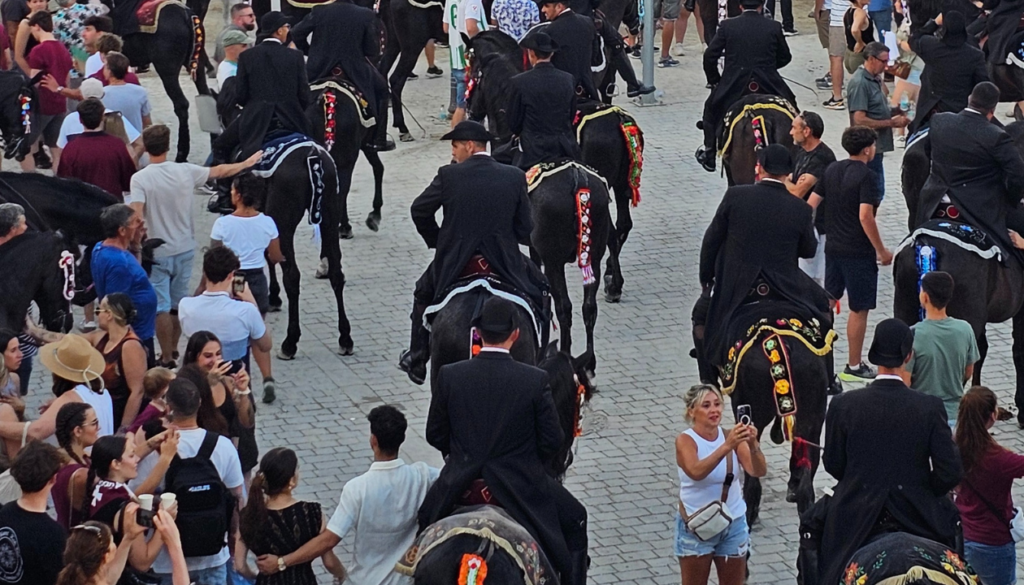
June 25th – Sant Joanet Fireworks
The fiestas end with Sant Joanet, an evening marked by a spectacular fireworks display over Ciutadella. This grand firework display is the traditional finale of the festival, lighting up the summer sky in a breathtaking show. Many people gather at the Castell de Sant Nicolau, a popular scenic viewpoint, to enjoy impressive views of the fireworks display over the town. It’s the perfect finale, leaving both locals and visitors in awe.

Gastronomy of the Festival
Spanish fiestas are always about more than parades and music—they’re also about food and drink. The gastronomy of Sant Joan reflects Menorca’s rich culinary heritage, with both savory and sweet delights. Many visitors enjoy a leisurely lunch at local restaurants or food stalls during the festival, sampling Menorca’s culinary specialties. Olive oil plays a crucial role in Menorcan cuisine, especially in traditional sauces and dishes such as mayonnaise, highlighting its historical significance and versatility.
A popular beverage during the festivities is local Xoriguer gin, mixed with lemonade, which is enjoyed by all during the Saint John’s celebrations.
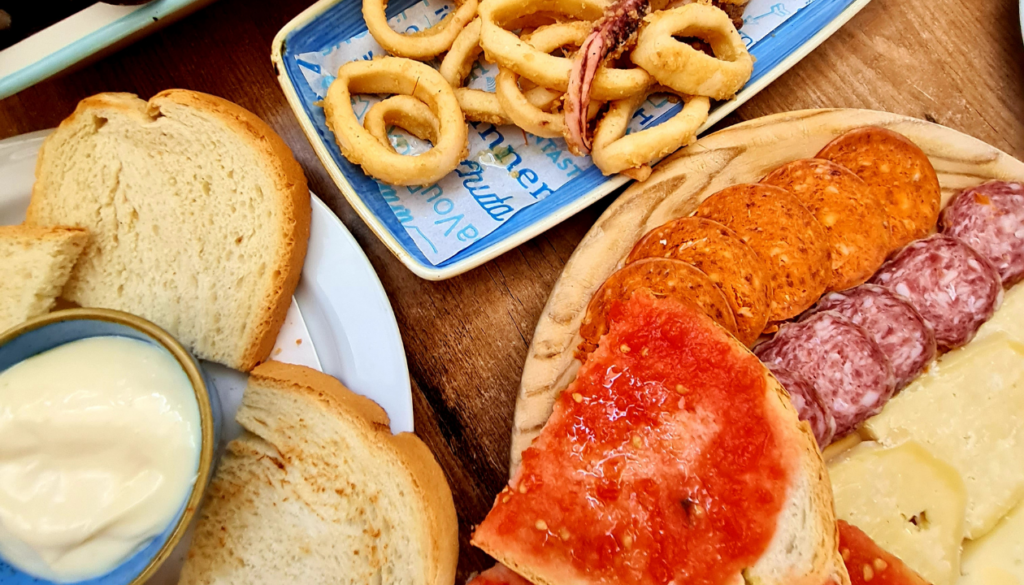
Savory Specialties
- Albóndigas Menorquinas – juicy meatballs often served in almond or hazelnut sauce.
- Berenjenas Rellenas a la Menorquina – baked eggplants stuffed with vegetables and minced meat.
- Cocas – savory flatbreads topped with vegetables, cheese, or sausage.
- Cheese and embutidos – Mahón cheese and local cured meats are shared at family gatherings.
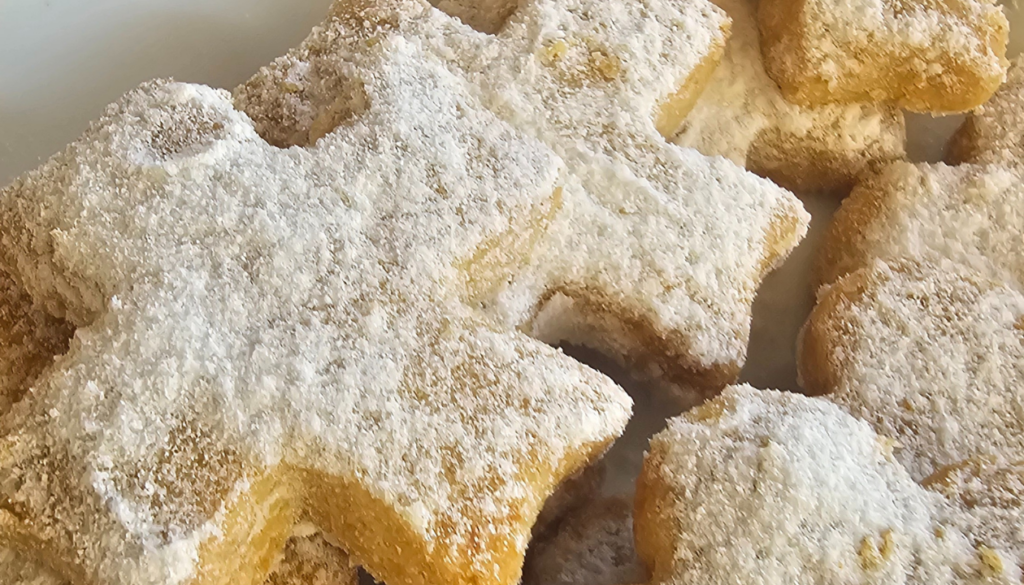
Sweet Treats
- Ensaimada de Sant Joan (Coca Bamba) – the star pastry of the fiestas: light, fluffy, and sweet.
- Menjar Blanc – a creamy custard dessert flavored with cinnamon and lemon.
- Pastissets and Macarrons – bite-sized pastries filled with jam or cream.
- Dolces and peladillas – traditional sugar-coated almonds and confections.
👉 For more on Menorca’s culinary culture, check out the Official Menorca Gastronomy Guide.
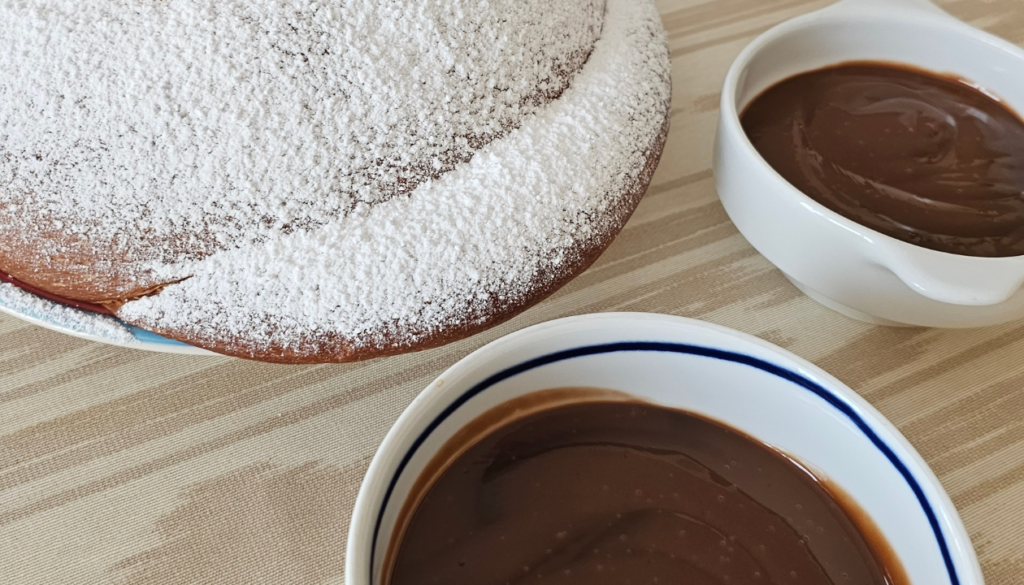
The Begudes: Drinks of Celebration
Every fiesta needs its signature drink, and for Sant Joan, that is Gin amb Llimonada. This refreshing cocktail is made with Gin Xoriguer, Menorca’s legendary gin distilled since the 18th century, mixed with lemonade.
One of the most memorable places to enjoy a drink on the island is a cave bar, where visitors can take in stunning views while sipping local cocktails.
During the fiestas, Gin amb Llimonada flows freely, uniting locals and visitors in a toast to tradition. The begudes—ritual gatherings where drinks and pastries are shared, are an essential part of the festival, reinforcing the sense of community.
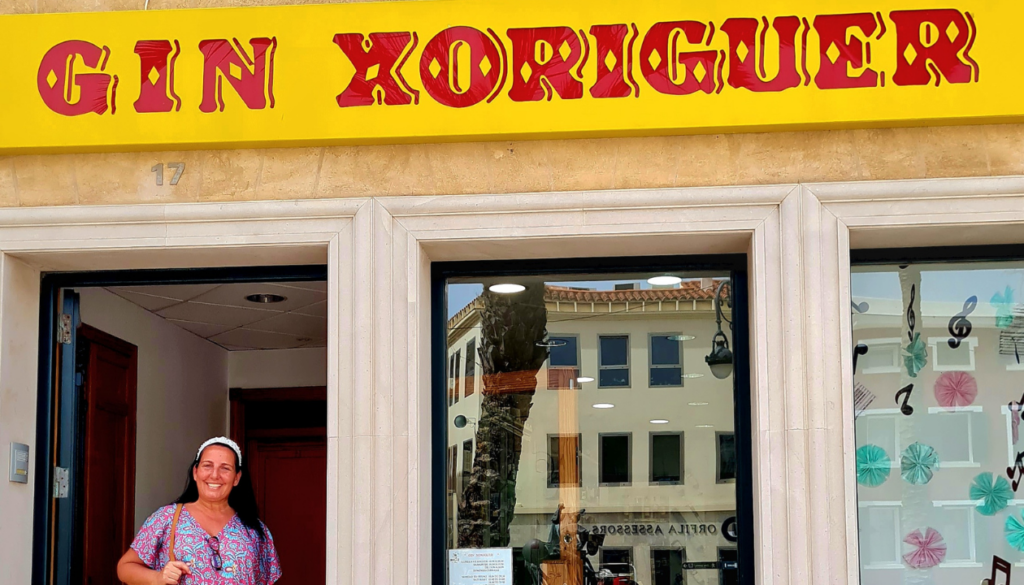
The Magic of Ciutadella: The Island’s Capital
Beyond the events, the city of Ciutadella is a star in its own right. Its cobbled streets, medieval palaces, and Gothic-style cathedral provide a stunning backdrop for the celebrations.
Visitors can explore:
- The Cathedral of Santa María – Ciutadella’s Gothic jewel.
- Plaça des Born – the heart of the fiestas, surrounded by elegant 19th-century mansions.
- The old harbor – a lively area filled with bars, restaurants, and terraces. Enjoy the unique atmosphere of a bar or restaurant, or relax on a terrace with scenic harbor views and a vibrant ambiance.
- Historic palaces – reminders of Ciutadella’s noble past.
- Es Castell – a vibrant waterfront area known for its colorful promenade, lively dining scene, and evening ambiance, making it an ideal spot for enjoying the local atmosphere.
👉 Learn more about Ciutadella’s heritage at the Balearic Islands Tourism Board.
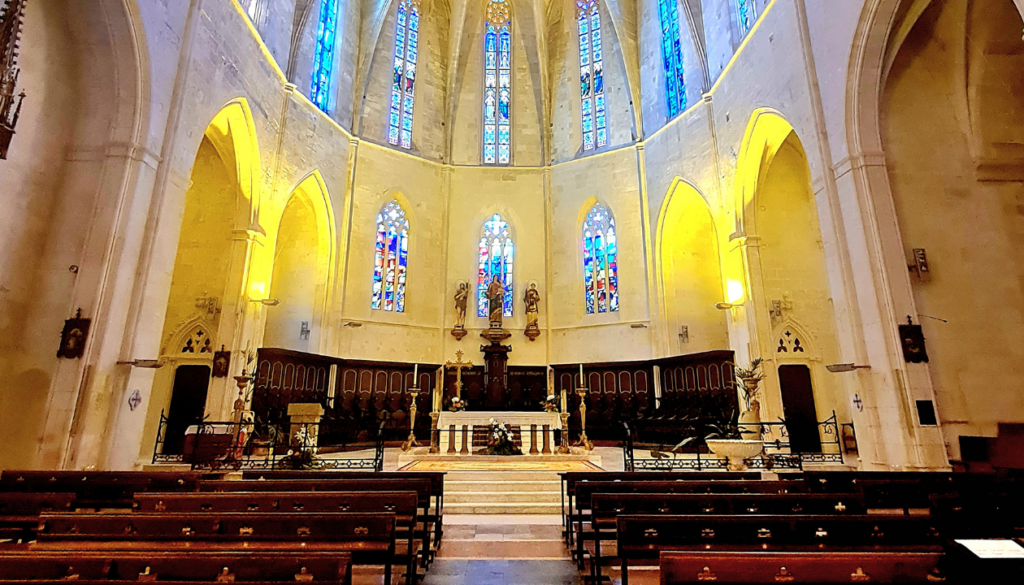
Exploring Ciutadella’s Nightlife
As the sun sets over the Mediterranean, Ciutadella transforms into a lively hub where locals and visitors gather to savor the island’s vibrant nightlife. The town’s restaurants serve up delicious Mediterranean cuisine, from fresh seafood to traditional Menorcan dishes, in atmospheric settings that range from historic courtyards to modern terraces. For those seeking a more intimate dining experience, some venues also feature cozy indoor restaurant spaces.
After dinner, the energy shifts to Ciutadella’s eclectic mix of bars and clubs, where you can sip cocktails with a view of the harbor or dance the night away to the rhythms of local DJs. During the Saint John’s festivities, dancing becomes a central part of the celebrations, with both locals and visitors joining in traditional dances that fill the festival nights with music and joy. Whether you’re seeking a romantic evening, a family-friendly outing, or a night of celebration with friends, Ciutadella’s nightlife scene offers something for every taste. It’s the perfect way to experience the island’s warm hospitality and lively spirit after a day of exploring.
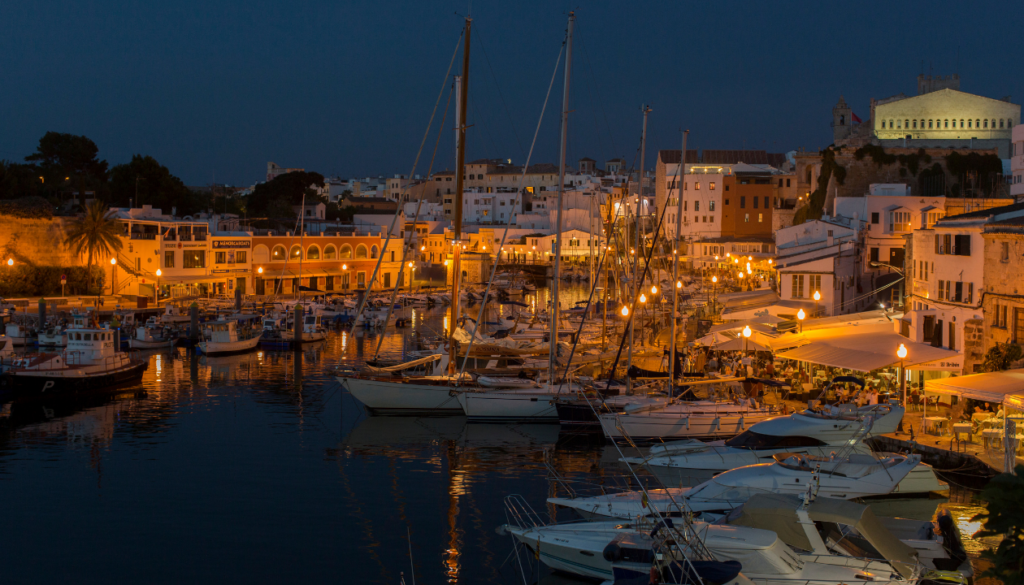
Discovering Menorca’s Natural Beauty
Menorca is a sanctuary for nature lovers, offering a landscape that is as diverse as it is breathtaking. The island’s natural beauty is best discovered along the Camí de Cavalls, a historic trail that circles the entire island and provides access to some of Menorca’s most stunning beaches and hidden coves. As you explore this protected route—whether on foot, by bike, or on horseback—you’ll encounter dramatic cliffs, lush pine forests, and sweeping views of the Mediterranean.

Along the way, you can also explore traditional olive groves, which add to the unspoiled rural scenery and tranquility of the island. The island’s commitment to preserving its environment means that much of Menorca remains untouched, allowing visitors to immerse themselves in its wild beauty. From birdwatching in wetlands to snorkeling in crystal-clear waters, Menorca offers endless opportunities to connect with nature and discover the unique landscapes that make this island a jewel of the Balearic Islands.
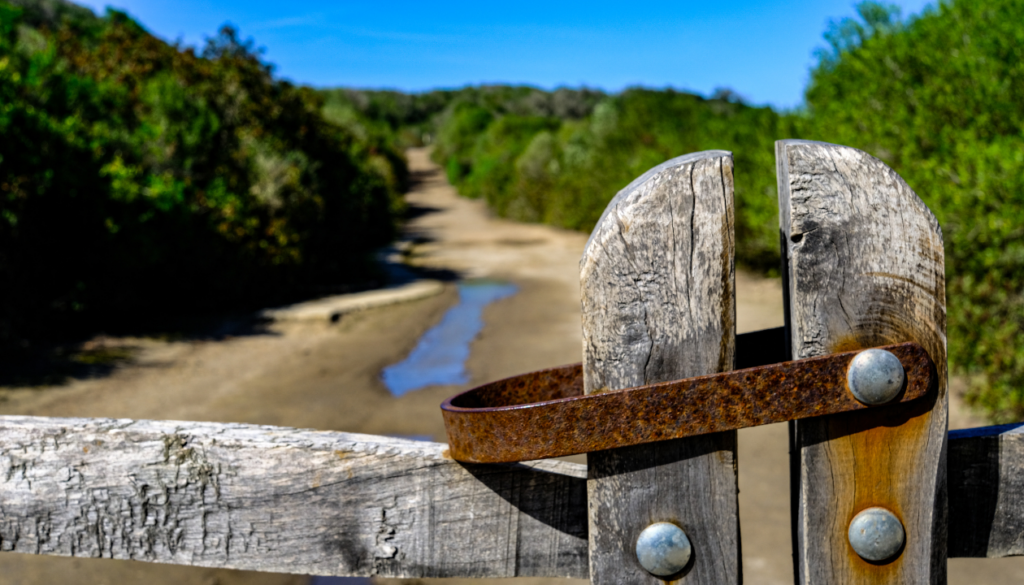
Beaches and Bays in Menorca
No trip to Menorca would be complete without experiencing its world-famous beaches and bays. The island is home to some of the most popular beaches in the Balearic Islands, including the breathtaking Cala Galdana and the picturesque Cala Mitjana. These beaches are celebrated for their powdery white sand, turquoise waters, and dramatic surroundings, perfect for swimming, sunbathing, or simply soaking up the Mediterranean sun while admiring the beauty and clarity of the sea.
For those seeking a quieter escape, the north coast offers secluded coves and tranquil bays where you can relax away from the crowds. Whether you’re exploring the lively beach scenes or discovering hidden gems along the coast, Menorca’s beaches and bays promise unforgettable moments for every traveler. With their crystal clear waters and unspoiled beauty, it’s easy to see why tourists from around the world are drawn to this island paradise. During peak times, visitors may find themselves waiting for parking or a good spot on the most popular beaches.
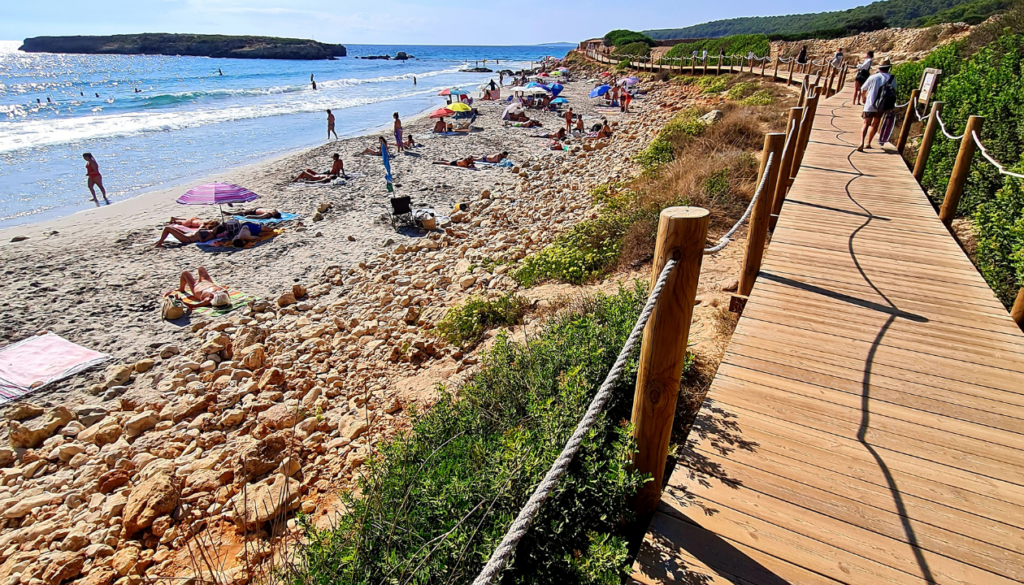
What to Expect as a Visitor: White Sand Beaches and More
Attending Sant Joan can be exhilarating but also overwhelming if it’s your first time. Here’s what to expect:
- Crowds: Tens of thousands gather in Ciutadella, so be prepared for packed streets.
- Atmosphere: The energy is intense—music, shouting, and horses weaving through the crowd.
- Morning rituals: Many of the most important rituals and events, such as the first ‘toc de fabiol’ and the start of the cavalcades, take place in the morning. Plan to start your day early to experience these key moments.
- Safety: During the Jaleo, horses ride into the crowd. Stand back if you’re not comfortable being close.
- Dress: Wear light clothing, comfortable shoes, and be ready for the summer heat.
- Food & drink: Street stalls, local bakeries, and bars serve everything from ensaimadas to Gin amb Llimonada.
- Car & parking: Parking a car in Ciutadella during the festival can be challenging. Plan ahead and consider alternative transportation options.
For those seeking an immersive experience, consider cultural programs like the Spanish Homestay Immersion Program (SHIP), which allow you to live the fiestas like a local.
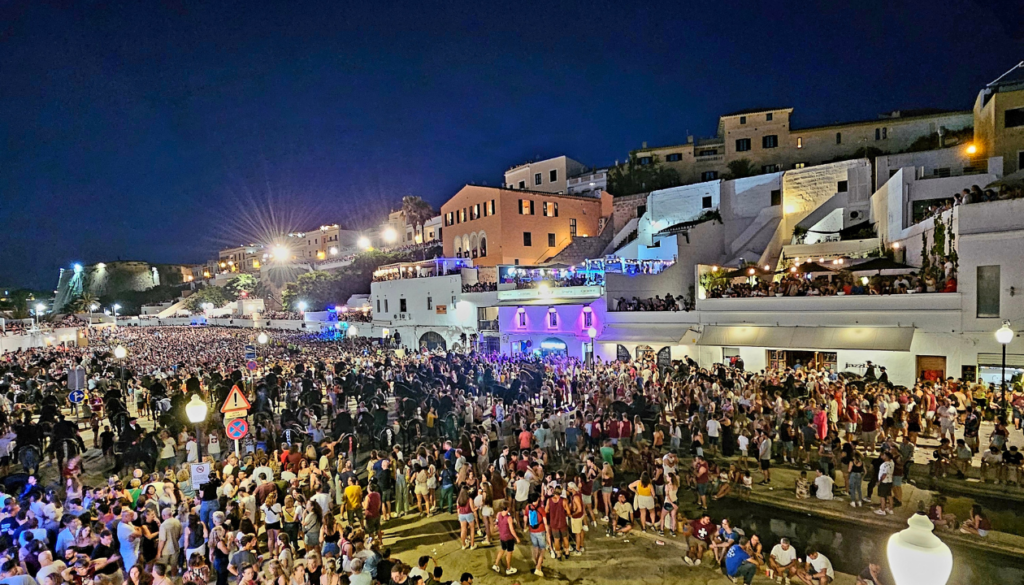
Practical Menorca Travel Tips
- 📅 When to go: The main days are June 23–24, but don’t miss the Dia des Be before and fireworks on June 25.
- 🏨 Where to stay: Book accommodation in Ciutadella well in advance. Consider booking your hotel early, as Menorca offers a variety of hotels, from boutique hotels to luxury resorts and local guesthouses. Explore Menorca Tourism’s Stay Options.
- 🚍 Getting there: Ciutadella is connected by bus and taxi from Mahón and other towns. There are also direct flights and ferry connections from Barcelona to Menorca, making it easily accessible from mainland Spain. Parking is limited during the fiestas.
- 🍴 Food tip: Try queso Mahón (Menorca’s famous cheese) and sobrasada (cured sausage).
- 🍹 Drink tip: Refresh yourself with Gin amb Llimonada, the fiesta’s drink of choice.
- 🐴 Best viewing spots: The Plaça des Born for the Jaleo and the open squares for the Jocs des Pla.
For easier navigation during the festival, use a map to find key locations in Ciutadella and across Menorca. For more practical advice, check out Menorca travel tips for guidance on transportation, attractions, and local customs.
Menorca’s Mediterranean charm rivals other top European destinations such as Italy, offering a unique blend of culture, scenery, and relaxation.
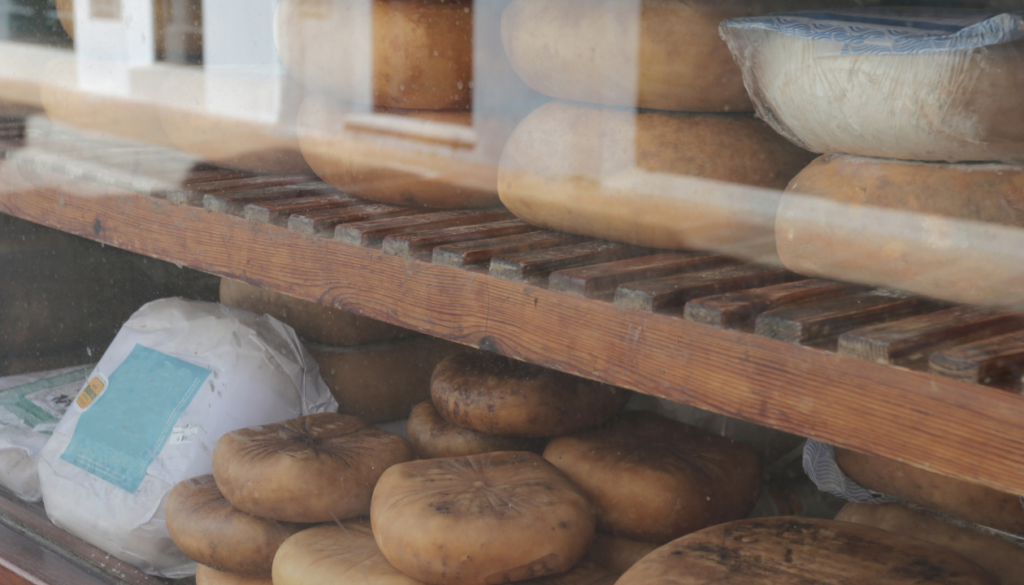
Why You Should Experience Festes de Sant Joan
The Festes de Sant Joan in Ciutadella, the island’s capital, is not just a festival—it’s a cultural treasure of Spain. Known as the Sant Joan fiesta, this vibrant and traditional celebration embodies the island’s soul, blending faith, tradition, community, and joy in one unforgettable event.
The Sant Joan fiesta is a vibrant reflection of the island’s natural beauty and showcases Menorca’s unique destinations, inviting visitors to explore its picturesque landscapes and charming towns. Many who have visited the Festes de Sant Joan describe it as an unforgettable experience.
Whether you come for the majestic horses, the medieval games, the fireworks, or simply to feel part of something bigger, Sant Joan offers a once-in-a-lifetime experience.
It’s more than a trip—it’s a journey into history, heritage, and the living spirit of the island of Menorca.
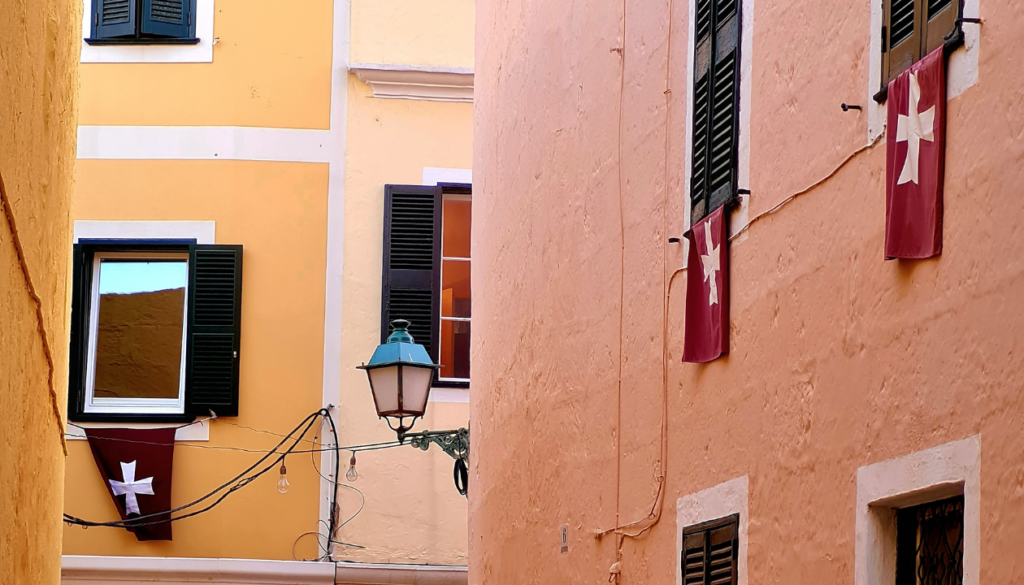
Why Sant Joan Belongs on Your Travel Bucket List
Every June, Ciutadella transforms into a living stage where horses, heritage, and heart come together in the Festes de Sant Joan. For locals, it is pride and tradition. For visitors, it is wonder and discovery.
✨ Mark your calendar, pack your sense of adventure, and get ready to be swept up in the magic of Menorca’s most iconic summer celebration. The festival coincides with the shortest night of the year, adding to its enchanting and magical atmosphere. Plan unforgettable trips to this small island to experience some of your favourite things about Mediterranean festivals and culture.

Do they speak English in Menorca?
Yes, English is widely spoken in Menorca, especially in tourist resorts, hotels, and restaurants. However, the official languages are Spanish (Castellano) and Catalan (Menorquí dialect). Knowing a few basic Spanish phrases can enhance your travel experience.
Which one is better, Mallorca or Menorca?
The choice depends on your travel style.
- Mallorca: larger, busier, with nightlife, shopping, and luxury resorts.
- Menorca: quieter, more authentic, and ideal for families and couples.
For relaxation and natural beauty, choose Menorca. For variety and nightlife, choose Mallorca.
Where is the nicest part of Menorca?
The south coast is considered the most beautiful, with turquoise beaches like Cala Macarella, Cala Mitjana, and Cala Galdana. For history and culture, Ciutadella is a must-visit with its old town charm, local markets, and restaurants. Es Mercadal is another charming town, known for its vibrant squares, local attractions, and cultural appeal.
Is Menorca too touristy?
No, Menorca is less touristy than Mallorca and Ibiza. It’s known for its tranquil atmosphere, unspoiled beaches, and UNESCO biosphere reserve status. Strict preservation laws limit high-rise buildings, helping maintain the island’s natural character. Even in peak season, you can still find quiet coves and authentic villages.
Is Menorca nicer than Majorca?
Menorca is often considered nicer for travelers who prefer peace, nature, and relaxation. Majorca offers more variety and nightlife. Both are stunning, but Menorca is often called the hidden gem of the Balearics.
Is Menorca expensive to visit?
Menorca can be slightly more expensive than mainland Spain, but it’s generally cheaper than Ibiza. Prices peak in July and August, so visiting in spring or autumn can save you money while enjoying great weather.
What is Menorca famous for?
Menorca is famous for its:
- Unspoiled beaches and crystal-clear waters
- Mahon gin (local spirit)
- Talayotic monuments (prehistoric stone structures)
- Avarcas sandals (traditional footwear)
- Authentic Mediterranean lifestyle
- Fort Marlborough, a historic British-built fortress that was part of the island’s military defenses
- Menorca Experimental, a stylish boutique hotel known for its artistic design and sophisticated atmosphere
- Luxurious spa experiences at top hotels, offering rejuvenating treatments and relaxing environments
- Swimming pools at upscale accommodations, including hotels with two swimming pools and stunning infinity pools with breathtaking views
Which celebs live in Menorca?
Menorca attracts celebrities who value privacy. Unlike Ibiza, Menorca is discreet, making it popular for quiet luxury escapes. Here’s a glimpse into some of the celebrities and public figures associated with the island:
- Michael Douglas: The Oscar-winning actor has been spotted in Menorca, often enjoying local cuisine and festivities.
- Keanu Reeves: The Canadian actor was seen at Es Buc beach bar in Sant Tomàs, enjoying the island’s serene atmosphere.
- Elton John: The legendary musician is known to own property in Menorca, appreciating its peaceful environment. Richard Branson: The British entrepreneur reportedly owns a property in Cala Llonga, one of Menorca’s most exclusive areas.
- Ian Gillan: The Deep Purple frontman is among the international celebrities with properties in Cala Llonga.
- Joan Manuel Serrat: The renowned Spanish singer owns a 100-hectare estate in Mercadal and properties in Mahón.
What are the four Balearic Islands?
The main Balearic Islands are:
- Mallorca – the largest and most popular.
- Menorca – quiet and family-friendly.
- Ibiza – famous for nightlife.
- Formentera – peaceful with pristine beaches.
What language do the Balearic Islands speak?
The official languages are Spanish and Catalan. Each island has its own Catalan dialect:
- Menorquí (Menorca)
- Mallorquí (Mallorca)
- Eivissenc (Ibiza)
- Formenterenc (Formentera)
English and German are also widely spoken in tourist areas.
Which Balearic island is nicest?
- Mallorca: best for variety and nightlife.
- Menorca: best for peace and natural beauty.
- Ibiza: best for clubs and luxury.
- Formentera: best for pristine, untouched beaches.
For an authentic, laid-back holiday, many travelers choose Menorca.
What is the climate in the Balearic Islands?
The Balearic Islands enjoy a Mediterranean climate:
- Summer (June–September): Hot and dry, 28–35°C.
- Spring & Autumn: Mild and sunny, ideal for sightseeing.
- Winter (December–February): Mild, 10–15°C, with occasional rain.
This makes the islands a year-round destination.

